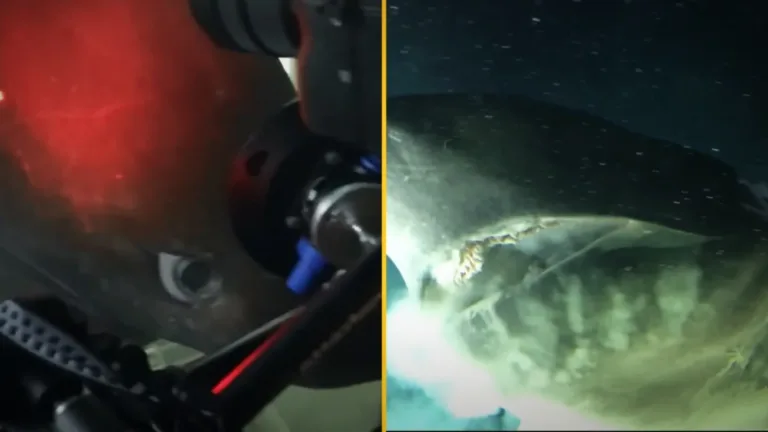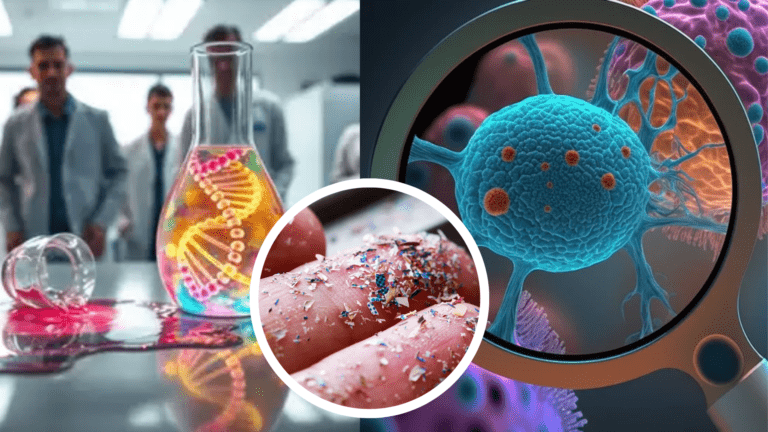If You Could Live Forever by Uploading Consciousness?
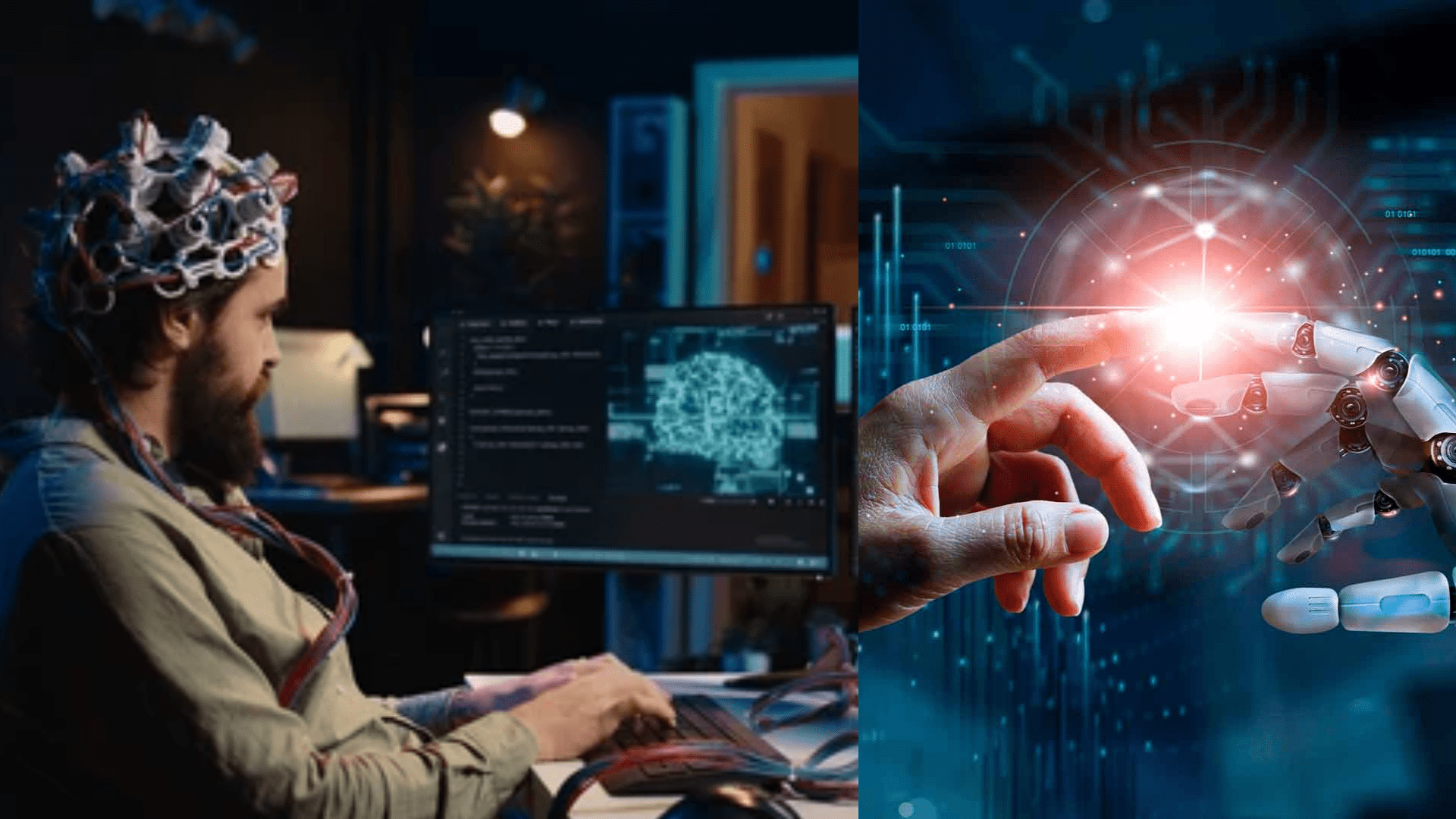
The idea of uploading human consciousness, once a staple of science fiction, is now a subject of serious exploration in the realms of neuroscience and technology. Imagine a future where your thoughts, memories, and identity could be transferred into a digital format, allowing your mind to persist beyond the physical limitations of the human body. Although it may seem far-fetched, recent developments in brain research and artificial intelligence suggest that this concept may not be as distant as we think. In this article, we’ll explore the science, the possible process, the ethical questions, and the future implications of uploading human consciousness.
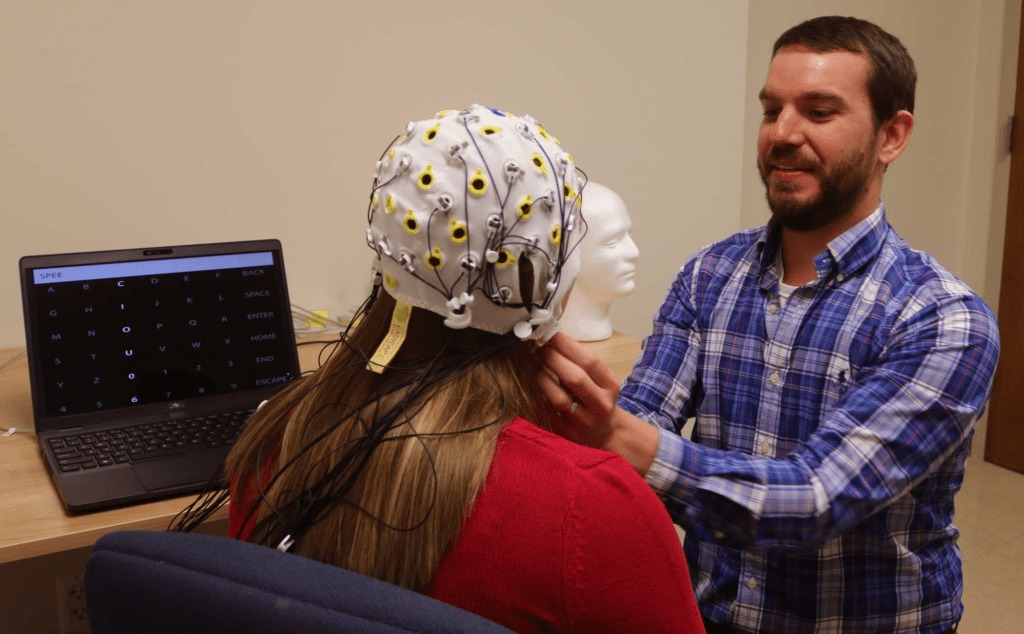
Understanding Consciousness: The Core of Mind Uploading
To explore mind uploading, we must first understand consciousness—the state of being aware of and able to think about one’s existence. Consciousness arises from complex neural networks in the brain, but scientists are still trying to pinpoint exactly how these processes translate into subjective experience. Without fully understanding how the brain generates consciousness, uploading it to a digital format presents a massive scientific challenge. Therefore, a deeper understanding of both consciousness and brain structure is essential for mind uploading to become feasible.

The Technological Feasibility of Mind Uploading
While mind uploading is still theoretical, several technologies are advancing in ways that could eventually make it possible:
- Brain Mapping: Mapping the brain with extreme precision is crucial for mind uploading. Techniques like functional magnetic resonance imaging (fMRI) and optogenetics are helping researchers understand brain activity and neural interactions in greater detail. This could eventually lead to a blueprint for replicating the brain digitally.
- Neural Interfaces: Technologies such as brain-computer interfaces (BCIs) allow communication between the brain and external devices. Companies like Neuralink are exploring how to connect the brain to digital systems, potentially making mind uploading more achievable in the future.
- Artificial Intelligence: AI would be needed to process and simulate the vast amounts of data generated by the brain. With the development of machine learning and AI models, replicating complex brain functions in a virtual environment may one day be possible.
The Process of Mind Transfer: How Could It Work?
If mind uploading were possible, several methods could be used:
- Whole Brain Emulation (WBE): This involves scanning the entire brain and mapping its structure at a high resolution. Once the brain’s neural network is digitized, the information would be transferred to a computer or virtual platform. However, the massive complexity of the brain makes this process extremely challenging.
- Cognitive State Transfer: Rather than transferring the entire brain, this method would involve replicating key aspects of a person’s personality, memories, and experiences. This could be a simpler, less complex approach to mind uploading.
- Gradual Uploading: Another idea is a gradual transition, where a person’s mind would slowly be transferred to a digital platform over time, reducing the risks involved with a sudden upload.
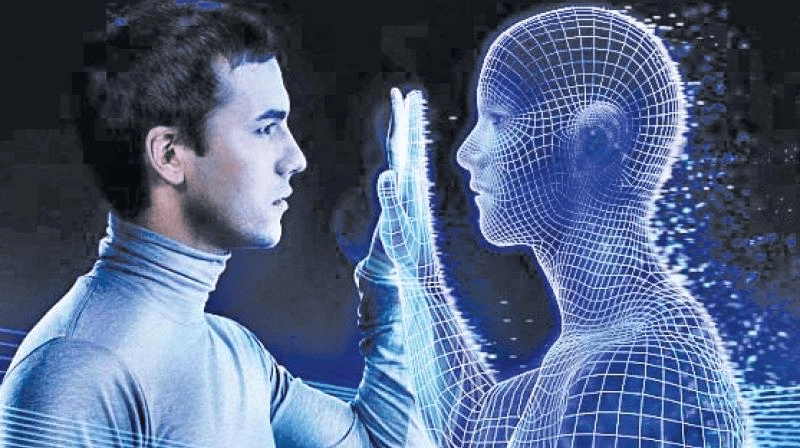
Ethical and Philosophical Dilemmas of Mind Uploading
Mind uploading introduces several ethical and philosophical challenges:
- Identity and Continuity: If your consciousness is uploaded, would the digital version still be “you”? Philosophers debate whether an uploaded consciousness would retain the same identity or merely be a replica.
- Inequality and Access: Mind uploading could become an expensive technology, raising concerns about accessibility. If only the wealthy could afford digital immortality, it could exacerbate social inequalities.
- The Meaning of Death: If consciousness can be transferred, traditional notions of life and death may be upended. This would raise important questions about what it means to be alive or dead in a digital age.
The Future of Mind Uploading: Possibilities and Challenges
While mind uploading is not yet possible, advancements in AI, neurotechnology, and brain mapping are bringing us closer to the idea. In the future, digital immortality could become a reality, but this technology must be carefully regulated. It also requires addressing the ethical and societal challenges it brings. As we continue to explore this possibility, the journey itself may alter our understanding of consciousness and what it means to be human.
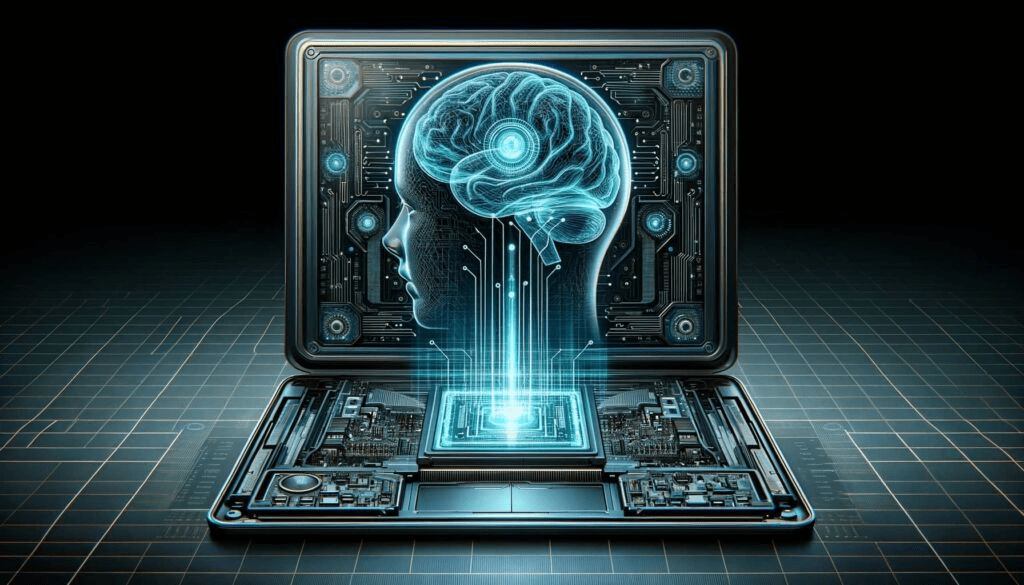
Conclusion
The potential to upload consciousness presents both exciting possibilities and profound ethical dilemmas. While we are far from achieving this goal, continued research and technological progress may one day make it a reality. As we move forward, it is crucial to consider not only the scientific and technological aspects of mind uploading but also the philosophical and societal implications of such a transformative technology. Whether we upload our minds or not, the conversation itself will undoubtedly shape the future of humanity.


